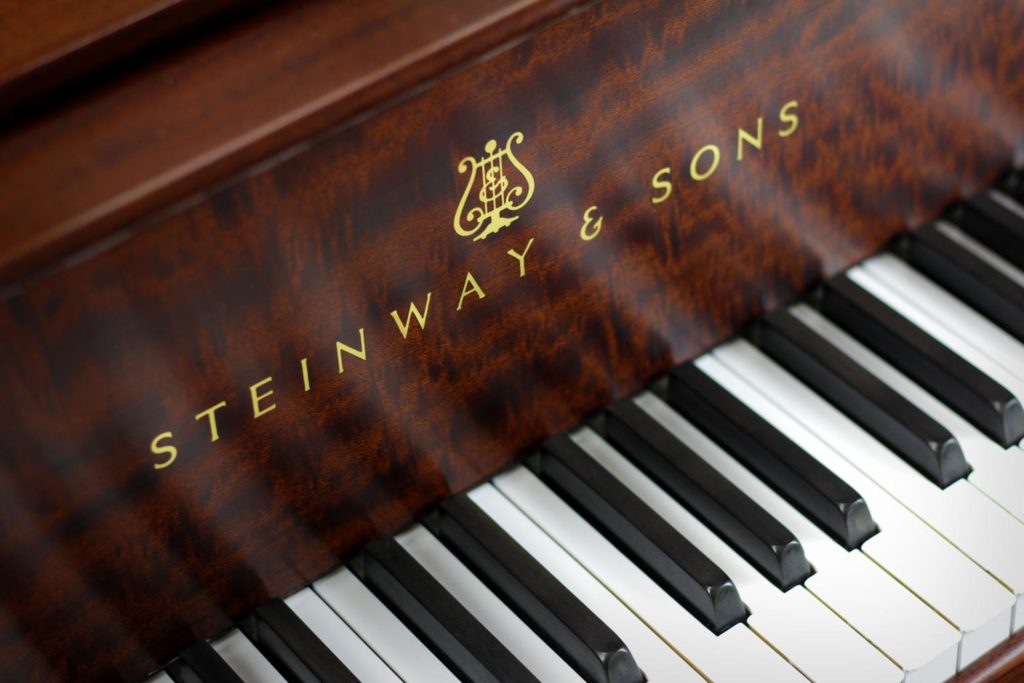
The History of the Piano
The piano is one of, if not the most popular instrument in the world. Millions have been introduced to music through piano lessons and the mention of the name ‘Steinway’ still invokes a feeling of class and grandeur. The piano has come in all shapes and sizes over its long and varied history. But the piano didn’t begin as the ‘king of instruments’, it had to start somewhere!
The Origin of the Instrument
In the early 1700s a harpsichord maker by the name of Bartolomeo di Franceso Cristofori developed the first piano. A well respected Italian craftsman and inventor, he worked for Prince Ferdinando de Medici. His first ‘gravicembalo col piano e forte’ was exhibited in Florence in 1709. The advantage his instrument had over the similar harpsichord was the ability for the musician to vary the volume. A harpsichord could not play notes at different levels of sound, due to the way the strings were plucked. The piano with its hammers on the other hand, could. A few of his instruments have survived and one of his early creations is currently in the Metropolitan Museum of Art in New York. (In playable condition.)
Unlike the robust instruments today, the original pianos were lightweight and not very durable. Due to their smaller frame the early pianos lacked the range and the full tone as we know today. Between 1780 and 1870 the piano underwent some important improvements in design. Single piece iron frames, steel strings and hammers made of felt instead of paper all became standard. The piano became the ‘king of instruments’ with its size and dynamic range greatly increasing over the years.
An Instrument for the Home
By the 1760s pianos had become ‘cheap’ enough that wealthy families began to purchase them for their homes. Pianos became a common site in the homes of the rich and powerful. By the 1770s the piano had reached the American colonies. The piano and the pianists that performed on them became wildly popular and they were their generation’s rock stars. As the price and size of the instruments began to fall, pianos became a common site in many homes regardless of social and economic status. This continued as the Industrial Revolution took hold. Large piano factories replaced the practice of hand building each and every piano. Things became standardized and quality continued to rise. Companies founded during this time such as Bosendorfer, Steinway & Sons and Mason & Hamlin are still in business today.
The Founding of Steinway
In 1836, Heinrich Englehard Steinweg b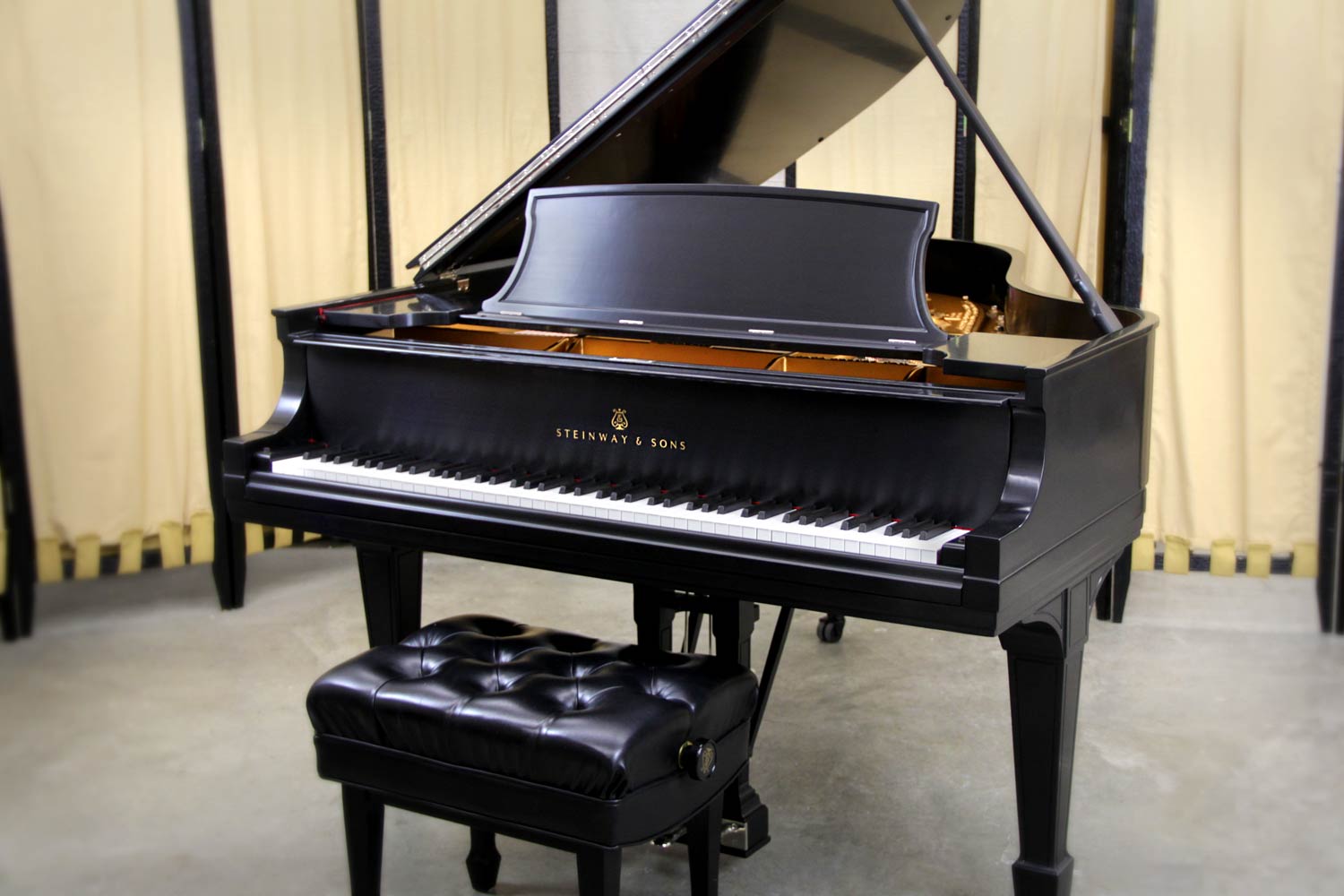 uilt his first piano. Not in a shop or factory, but in his kitchen. (He was building it as a present for his wife.) Over the next decade he would construct 482 pianos. In 1850 Steinway emigrated with his family from Germany to the United States and three years later founded the company that was synonymous with quality pianos, Steinway & Sons. A year later, the New York based business was already booming with 2 pianos being completed a week and over 70 pianos sold that year. Over the next century the business continued to grow and the company’s reputation for innovation and change was cemented. During the early years the company was truly a family business. One only has to browse through the numerous patents granted to the company during this time to see the dedication to innovation by the members of the Steinway family.
uilt his first piano. Not in a shop or factory, but in his kitchen. (He was building it as a present for his wife.) Over the next decade he would construct 482 pianos. In 1850 Steinway emigrated with his family from Germany to the United States and three years later founded the company that was synonymous with quality pianos, Steinway & Sons. A year later, the New York based business was already booming with 2 pianos being completed a week and over 70 pianos sold that year. Over the next century the business continued to grow and the company’s reputation for innovation and change was cemented. During the early years the company was truly a family business. One only has to browse through the numerous patents granted to the company during this time to see the dedication to innovation by the members of the Steinway family.
The Market Shifts
In the early 20th centruy, player pianos became popular in homes and all types of pianos sold very well. The Great Depression however resulted in lower sales and new technologies slowly began to chip away at the pianos wild popularity in the United States. Around the same time however, piano manufacturing began to take hold in Asia. Companies such as Yamaha and Kawai sparked a new generation of innovation. Kawai was founded in 1927 by Koichi Kawai and his associates and the business continues to be family owned and operated. The company is well known for their light and durable ABS action and their willingness to try new things. Today, Asia has become the largest piano market in the world and the piano continues to grow in wild popularity there.
New Innovation and the Future
The digital piano first came to be during the 1980s. The advantages a digital piano had over its acoustic cousins were lighter weight, different sound choices and they were easier to maintain. Sound and feel on an early digital piano was not nearly as good as an acoustic, but over time things began to change. Today, a high quality digital piano is quite comparable to acoustic pianos in its price range. Digital pianos produced today attempt to replicate the feel of an acoustic action, resulting in an instrument that feels like a piano should. Sound options, the ability to play with headphones and computer connectivity are just a few of the reasons some decide to purchase and play a digital. The future looks bright for digital pianos.
Over the last 300 or so years, the piano has survived numerous trends, swings in popularity and has spread to every continent on the planet. The history of the piano is a fascinating story and the piano surely will continue as the world’s leading instrument for years to come.

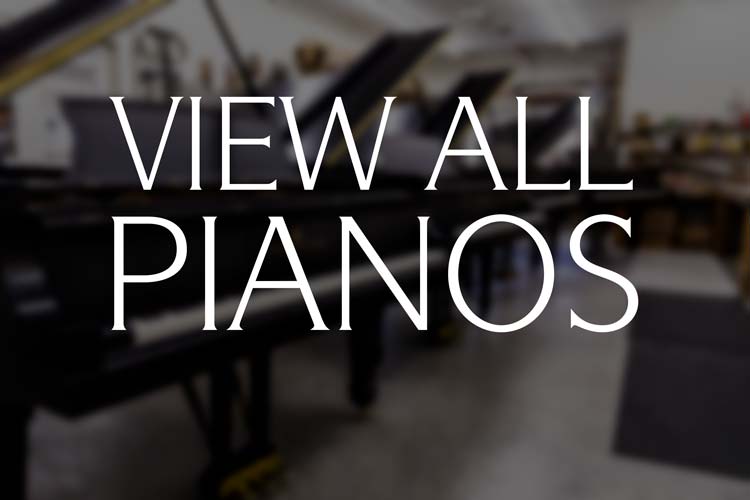
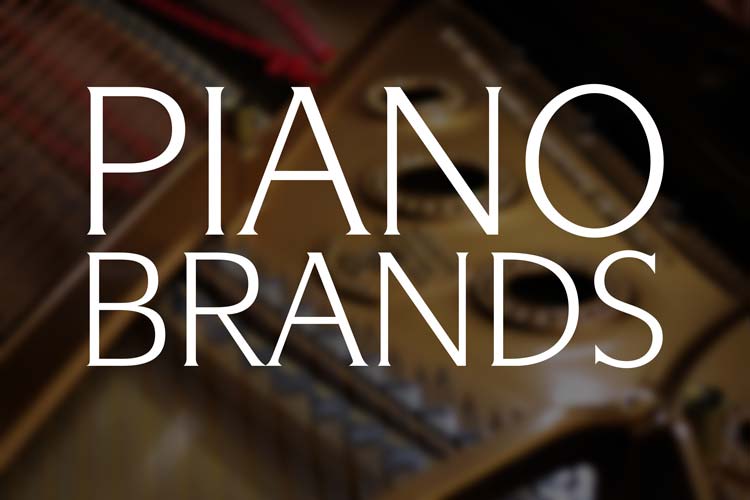
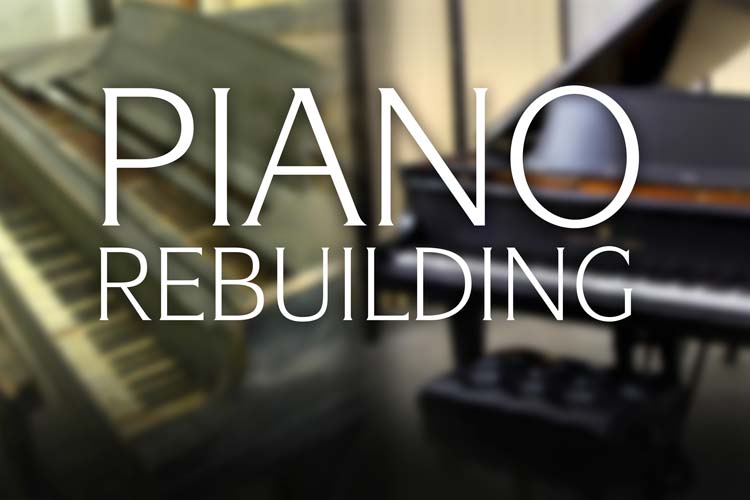
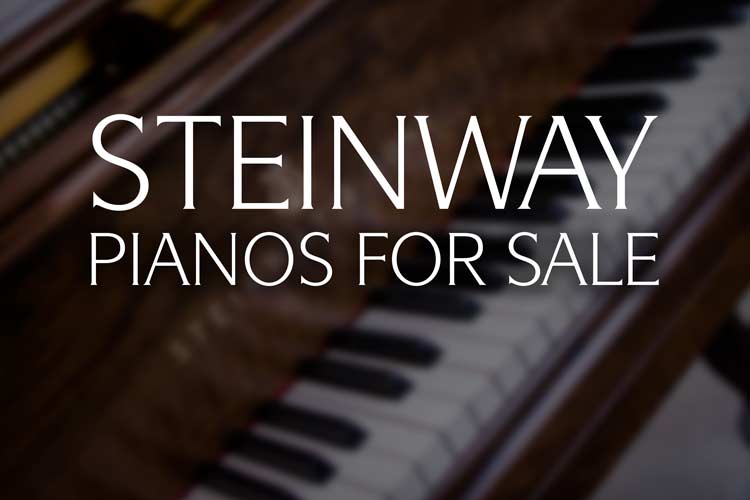
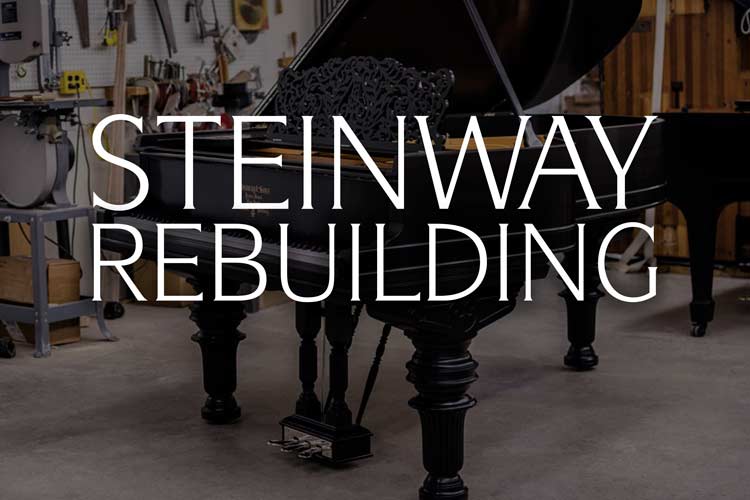
Leave a Reply
You must be logged in to post a comment.